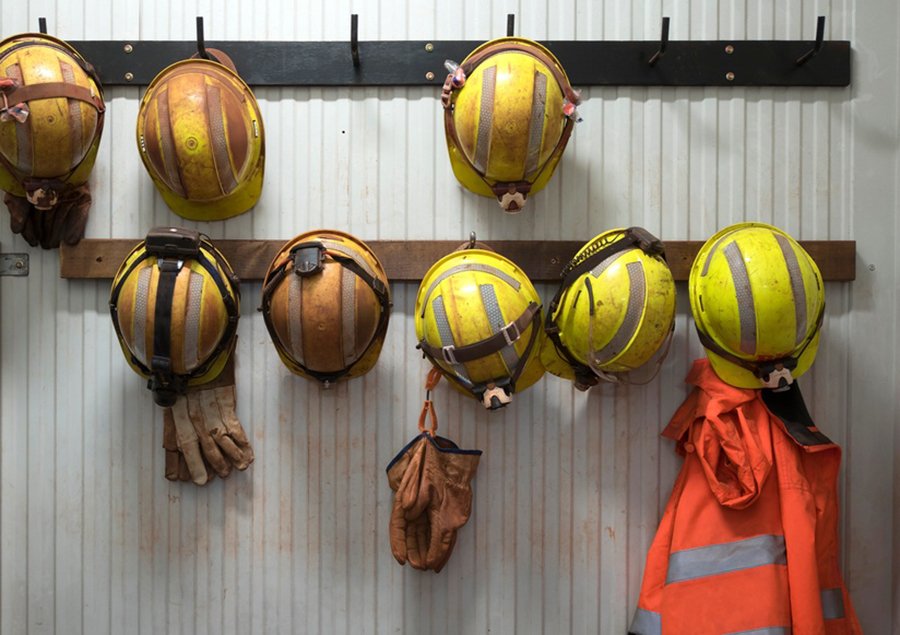
All kinds of jobs require little to a lot of safety gear and equipment. Machinery, liquids, weather, and other elements create dangerous conditions. Workers need to be efficient in doing their job while wearing and using the right equipment to ensure their safety and a job well done. Here’s how to dress your workers for the part.
Observe
Managers observe end-to-end processes that involve workers, questioning whether workers need safety gear and are using the right kind of equipment given the circumstances. Speak with other managers and workers about regular and possible hazards while completing tasks.
Retrain
In some scenarios, workers are given condensed training, which leaves them vulnerable to mistakes in the future. Retrain employees every quarter to ensure the basics stay fresh in their minds. Otherwise, processes may get sloppy and increase the likelihood of accidents.
Reinterpret the Term Safety
Some managers point out that workers feel “protected” in an environment with “safety equipment.” Workers need to be reminded that the immediate environment is a dangerous place that requires constant vigilance. A few moments of losing attention could mean severe injury or death.
Audit Safety Equipment
Do a thorough examination of your safety gear and equipment. Be sure there are no holes in gear that could cause a burn or injury, for example. Consult industry websites about the suggested life of particular equipment. Check for cracks, broken parts, and any alteration that could otherwise put your workers in harm’s way. Go to RS for the latest in safety gear and equipment.
Make It a Part of the Culture
Make your workers aware that safety plays an important part in company culture. You don’t have to provide workers with monetary incentives, but it’s important to point out those who wear the right gear and use the appropriate equipment to serve as role models. Invest in your employees through OSHA 10 online training, which will enable them to uphold OSHA compliance and minimize the risk for workplace hazards before they pose a problem. Plenty of owners and managers lead by example, always having their helmet on when on-site, for example.
Create a Resource
Create a resource for workers to learn more about safety and the proper way to use the equipment. It could take the shape of a page on the company website, a bulletin board in the staff room, or a person who is designated as the team safety manager. The resource will provide news about safety innovations and updated requirements as initiated by the city, state, industry, etc.
Reevaluate Processes
Your business may expand to take on more responsibilities, which could require more machines, different processes, and additional worker tasks. You’ll need to reevaluate your processes as your business adopts more services and produces more products. Also, your workers shouldn’t assume dated techniques are safe to apply to modern conditions.
Keep Workers Hydrated and Fed
Those in dangerous workplaces have more responsibility. One is to ensure they stay properly nourished, and that includes staying hydrated . Hot and laborious conditions can make workers feel weak and tired, which increases the likelihood of a work mishap.
Schedule Safety Tests
Schedule announced and unannounced safety tests and observe how workers follow protocols in the face of potential danger. Take note of things workers do well and do wrong.

Founder Dinis Guarda
IntelligentHQ Your New Business Network.
IntelligentHQ is a Business network and an expert source for finance, capital markets and intelligence for thousands of global business professionals, startups, and companies.
We exist at the point of intersection between technology, social media, finance and innovation.
IntelligentHQ leverages innovation and scale of social digital technology, analytics, news, and distribution to create an unparalleled, full digital medium and social business networks spectrum.
IntelligentHQ is working hard, to become a trusted, and indispensable source of business news and analytics, within financial services and its associated supply chains and ecosystems





























